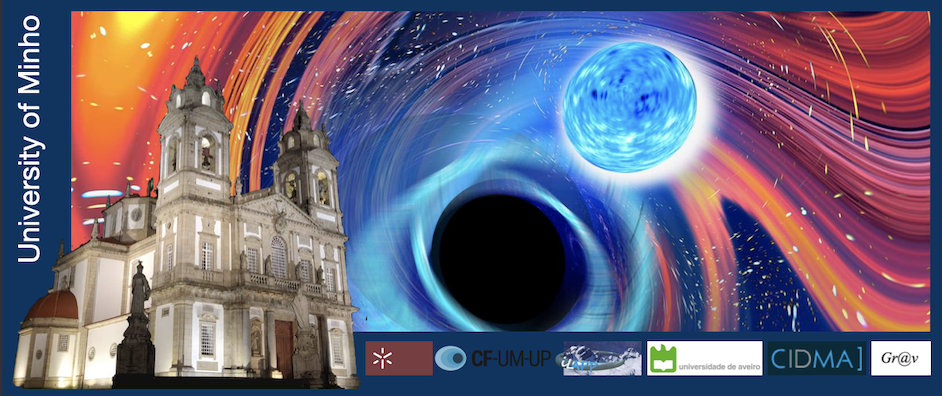Speaker
Description
The ability to model the evolution of compact binaries from the inspiral to coalescence is central to gravitational wave astronomy. Current waveform catalogues are built from vacuum binary black hole models, by evolving Einstein equations numerically and complementing them with knowledge from slow-motion expansions. Much less is known about the coalescence process in the presence of matter, or in theories other than general relativity. In this talk, I will show how to use the Close Limit Approximation as a powerful tool to understand the head-on collision of two equal-mass, compact but horizonless objects, showing the appearance of ‘echoes’. I will also apply the Close Limit Approximation to investigate the effect of colliding black holes on surrounding scalar fields, showing that observables obtained through perturbation theory may be extended to a significant segment of the merger phase, where in principle only a numerical approach is appropriate.
| Which topic best fits your talk? | GW Theory and Fundamental Physics |
|---|

